You are here
EMC and Diffraction
Electronic system increasing and dissemination of electromagnetic sources raise the problem of electromagnetic interferences. Various systems under studied should be treated and need different analysis in some domains as propagation phenomenon, cable coupling, conducting effect, circuit theory, material and composite modelling, low-frequency sea propagation, lightning coupling to high frequency interferences. Besides several numerical analysis methods are needed to solve the strong multi-scale geometry of studied system. Our project aims to explain and to solve these electromagnetic couplings by both theoretical and experimental approaches. For example, the coupling of printed circuit board (PCB) embedded on an airplane with an illumination by transient waves needs to model airplane structure, cable and shielding box of PCB.
PartnerShips: AIRBUS D&S ASTRIUM, AXESSIM, CEA GRAMAT, CISTEME, CNES, DASSAULT AVIATION, DGA, EDF, LEGRAND, ORANGE LABS, RENAULT, THALES DIS.
National and International research Program: ANR ASTRID (Programme DGA), ANR (Agence Nationale de la Recherche), PEA (Programme d’étude Amont de la DGA), FP7, ESA.
- Integrated Circuits EMC
- High Power Microwave EMC
- Lightning EMC
- Conception and optimisation of EMC testbench
- Sensitivity Analysis and failure probability
- Propagation and Diffraction
- Numerical method development and simulation expertise
- Benchtests
Integrated Circuits EMC
...
High Power Microwave EMC
...
Lightning EMC
Among all research projects in EMC, the lightning effect is the most old study subject since it appears at the beginning of the telecom cable network development. The theoretical analysis of the lightning effect on the hardware systems, buildings and airplanes, etc., is carried out in our laboratory since thirty years.
Application Domains: aeronautic, buried structures, building, transport…
Research Topics
- Indirect effect modeling of aircraft, assessment of induced currents in cables and in fastening assemblies by 3D-FDTD method. Development of electromagnetic model for EMC qualification of aircraft.
- Complex cable topology modeling in-situ.
- Cable model developments including model in losses media (concrete wall, soil).
- Electromagnetic model study for FDTD method (conducting sheet, slots, circuits, fastening assembly, etc.).
- Massively parallel algorithm.
- Sensitivity analysis with experiment design.
|
Induced currents on overhead and underground lines during a return stroke attachment on a telecom building (Orange Labs partnership). |
|
Conception and optimisation of EMC testbench
...
Sensitivity Analysis and failure probability
...
Propagation and Diffraction
Our expertise in numerical tools in time domain was extended to other fields as propagation phenomenon, target diffraction analysis and modeling of radiating sources in complex environment. Some specific methods are developed for propagation on long range, computation of Radar Cross Section in time domain, modeling ground penetrating radar (GPR) System in-situ.
Research Topics
• VLF/ LF Propagation, Parabolic Equation
• Target RCS, FDTD method of order 2 and 4, conform – FDTD
• GPR antennas modeling, heterogeneous and dispersive soil modeling
• Inverse time domain method of multisensing signals
• Near field model of any antennas for modeling the radiating in complex environment. Radio Compatibility, field distribution, statistical analysis.
|
|||||||
Numerical method development and simulation expertise
- PEEC method for low frequency circuit models (solar panel)
- Multiscale analysis, KRON method (network tensorial analysis) and Diakoptic method
- Low frequency propagation with parabolic equation
- Near field Radiating with ground or sea interface by solving Sommerfeld equation
- 3D-FDTD method, development of new models of cables, materials, and study of new techniques as conform-FDTD.
- Multiconductor Transmission Lines method in time domain
- Runge-Kutta method for circuit solving of state variables system
Benchtests
...

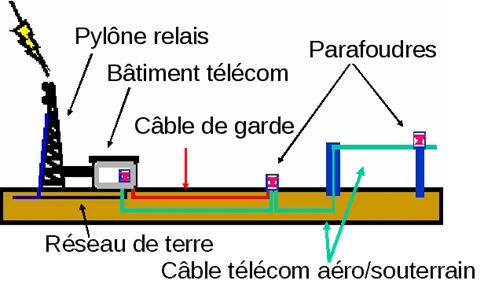
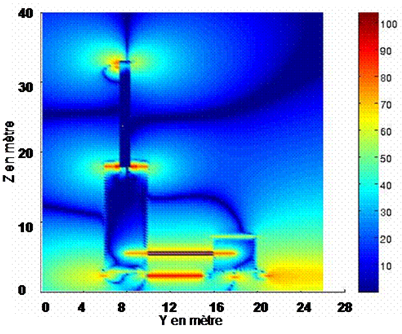




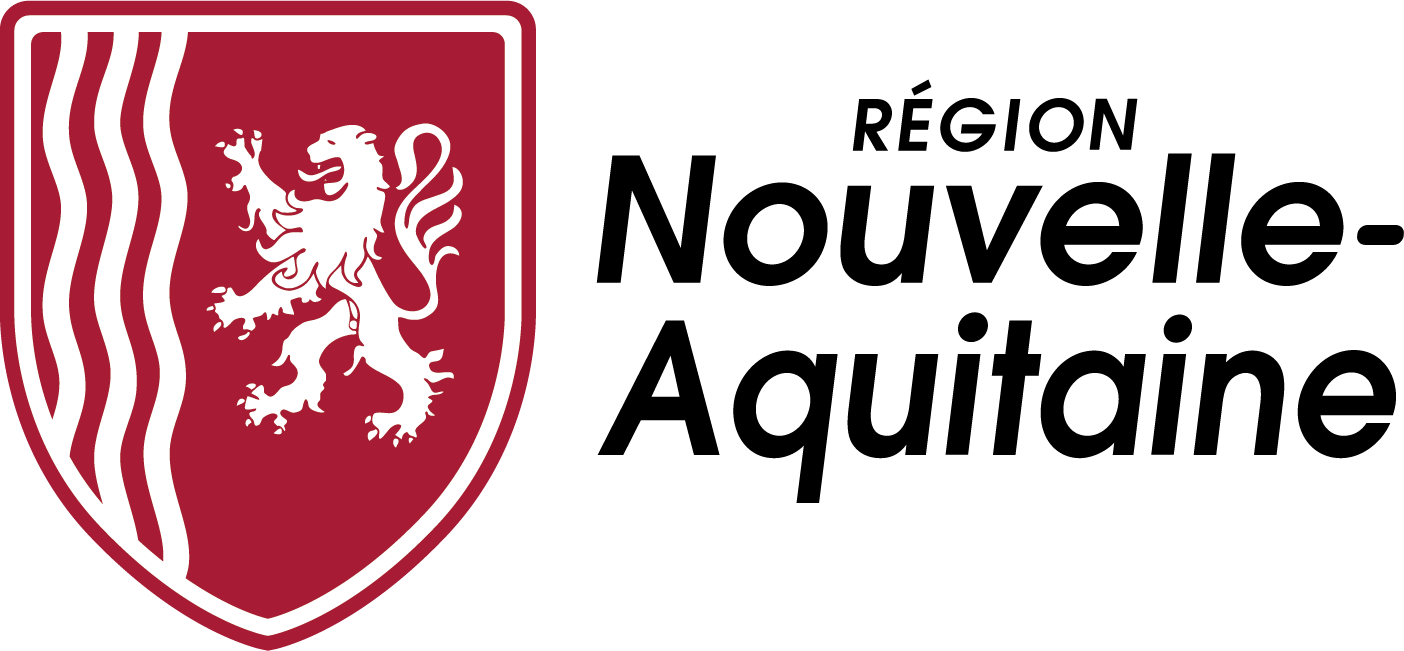
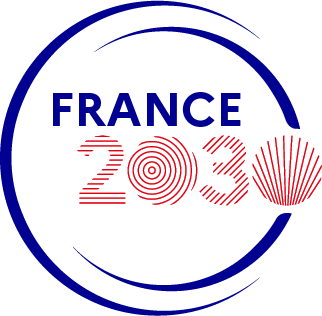

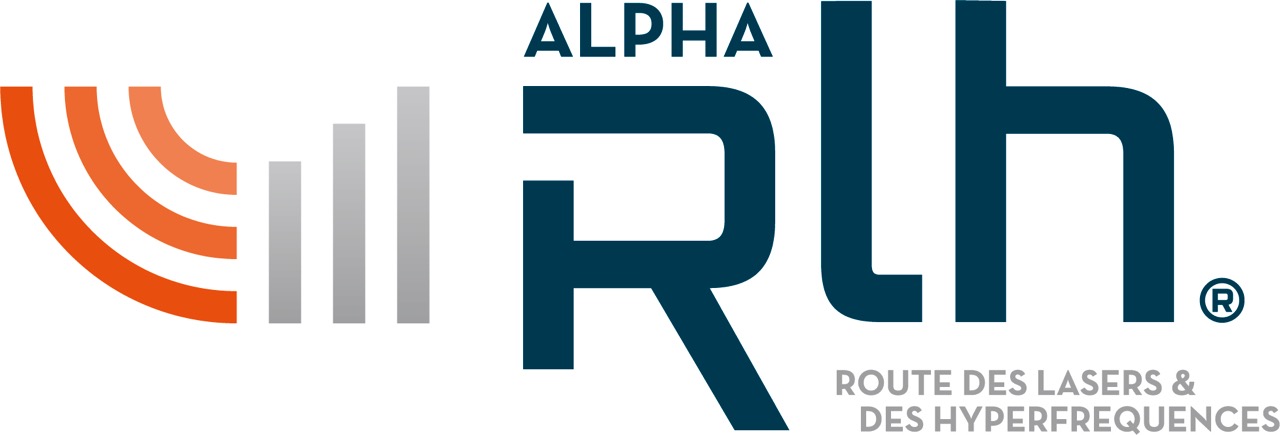

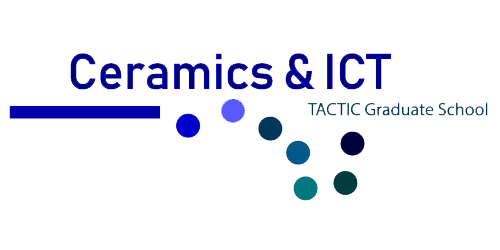
 UMR CNRS n°7252
UMR CNRS n°7252